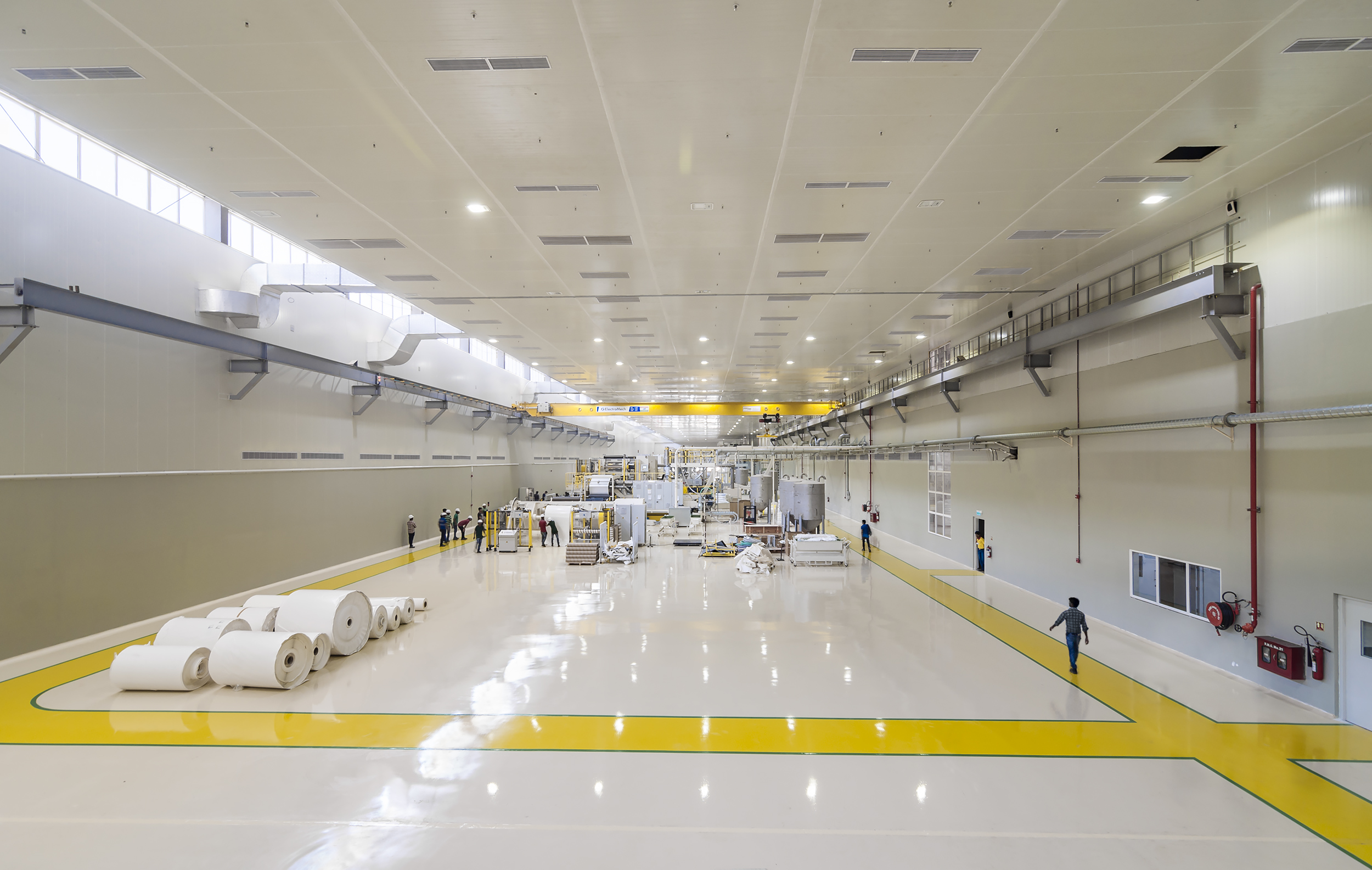
The Significance of a Well-Designed and Constructed Factory Floor in Enhancing Manufacturing Efficiency
General Introduction
In the realm of modern manufacturing and industrial operations, the factory floor serves as the epicenter of production operations. It is the place where raw materials are transformed into finished products and where every minute detail matters. While cutting-edge machinery and skilled labor are inevitable, an often-underestimated factor that plays a pivotal role in determining the efficiency of manufacturing operations is the design and construction of the factory itself. In this blog, we will delve into the key reasons why a perfectly designed and constructed factory floor is important for optimizing manufacturing efficiency.
Layout Optimization for a Seamless Workflow
The layout of a factory floor influences how materials, components, and people move within the production space. A well-thought-out floor layout takes into account the flow of materials, reduces the distance between two workstations, and eliminates unnecessary bottlenecks. This results in a seamless workflow where materials can move from one phase to another without unnecessary delays or disturbance.
Ergonomics and worker productivity
The design of a factory floor directly impacts the comfort level and safety of the workers. Ergonomically designed workstations and assembly lines minimize the physical strain on workers, leading to enhanced productivity and a reduced likelihood of workplace injuries. When laborers can comfortably perform their tasks, their focus and efficiency naturally improve, contributing to overall manufacturing effectiveness.
Optimal space utilization
An aptly constructed factory floor optimizes the utilization of available space. Every square foot of a manufacturing facility comes at a certain cost, and inefficient utilization of floor space can result in higher overhead expenses. A properly designed floor layout ensures that no space is wasted and that all machinery, equipment, and materials are placed strategically to make the most of the available area.
Flexibility for Scaling Operations
Market demands are dynamic, and manufacturing operations must be prepared to adapt according to market demands. A skillfully planned factory floor takes scalability into consideration. It allows for the easy installation of new equipment, workstations, or production lines when production needs expansion. This flexibility ensures that the manufacturing unit can rapidly respond to changes in demand without major disruptions.
Optimized Material Handling
Efficient material handling is a cornerstone of systematized manufacturing. The design of the factory floor should facilitate the smooth movement of raw materials, components, and finished products. This involves minimizing the conveyance of the materials, ensuring proper storage and accessibility, and minimizing the need for excessive manual handling.
Energy Efficiency and Sustainability
An expertly constructed factory floor incorporates energy-efficient systems and sustainable practices. Efficient lighting, heating, and cooling systems in a factory space contribute to reduced energy consumption and operational costs. Moreover, sustainable construction materials and design practices can have a positive impact on the environment, aligning the manufacturing unit with sustainable trends.
Minimized Downtime and Maintenance
Regular maintenance and repairs are inevitable in manufacturing environments. However, a well-designed factory floor can minimize downtime and maintenance disruptions.
Machinery and equipment can be strategically placed to allow for easy access during maintenance, reducing the time required for repairs and upkeep.
Quality Control and Error Reduction
The design of the floor of a manufacturing unit or factory can also contribute to quality control and the reduction of errors. A well-organized workstation and assembly line help prevent mix-ups and errors in production. By having designated areas for specific tasks and using visual aids, the chances of errors are significantly reduced, resulting in higher product quality.
Wrapping Up
In the intricate tapestry of manufacturing operations, the importance of a well-designed and constructed factory floor cannot be overstated. From optimization of layout to ergonomic considerations, from space utilization to sustainability, each of them plays a vital role in enhancing the efficiency of manufacturing operations. By investing time and effort into constructing a factory floor that aligns with these principles, manufacturers can set the stage for seamless production, enhanced worker productivity, and a competitive edge in the global market. Remember, the foundation of manufacturing success starts from the ground up—with a meticulously structured and constructed factory floor.




